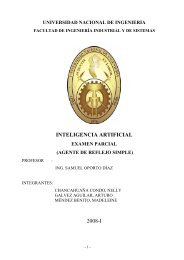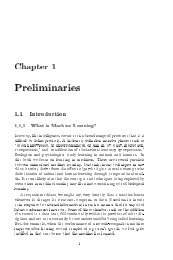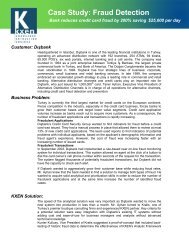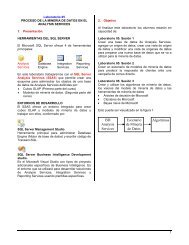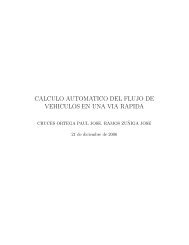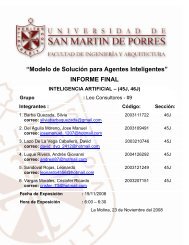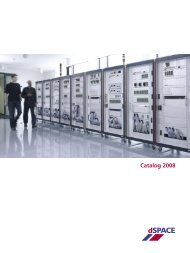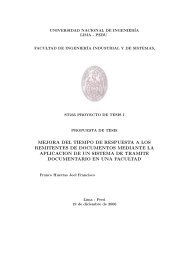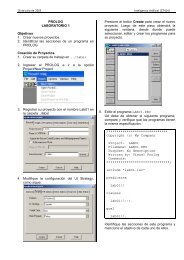2 Credit Card Fraud Detection using Hidden Markov ... - Wiphala.net
2 Credit Card Fraud Detection using Hidden Markov ... - Wiphala.net
2 Credit Card Fraud Detection using Hidden Markov ... - Wiphala.net
You also want an ePaper? Increase the reach of your titles
YUMPU automatically turns print PDFs into web optimized ePapers that Google loves.
This article has been accepted for publication in a future issue of this journal, but has not been fully edited. Content may change prior to final publication.IEEE TRANSACTIONS ON DEPEDABLE AND SECURE COMPUTINGand a fraud detection system as a multi-stage game between two players, each trying tomaximize his payoff.The problem with most of the above-mentioned approaches is that they require labeleddata for both genuine as well as fraudulent transactions to train the classifiers. Getting real worldfraud data is one of the biggest problems associated with credit card fraud detection. Also, theseapproaches cannot detect new kinds of frauds for which labeled data is not available. In contrast,we present a <strong>Hidden</strong> <strong>Markov</strong> Model (HMM) based credit card fraud detection system, whichdoes not require fraud signatures and yet, is able to detect frauds by considering a cardholder'sspending habit. We model credit card transaction processing sequence by the stochastic processof an HMM. The details of items purchased in individual transactions are usually not known to afraud detection system running at the bank that issues credit cards to the cardholders. This can berepresented as the underlying finite <strong>Markov</strong> chain which is not observable. The transactions canonly be observed through the other stochastic process that produces the sequence of the amountof money spent in each transaction. Hence, we feel that HMM is an ideal choice for addressingthis problem. Another important advantage of the HMM-based approach is a drastic reduction inthe number of false positives – transactions identified as malicious by an FDS although they areactually genuine. Since the number of genuine transactions is a few orders of magnitude higherthan the number of malicious transactions, an FDS should be designed in such a way that thenumber of false positives is as low as possible. Otherwise, due to the “base rate fallacy” effect[17], bank administrators may tend to ignore the alarms. To the best of our knowledge, there isno other published literature on the application of HMM for credit card fraud detection.The rest of the paper is organized as follows. In Section 3, we first briefly explain theworking principle of an HMM. We then show how to model credit card transaction processing6



